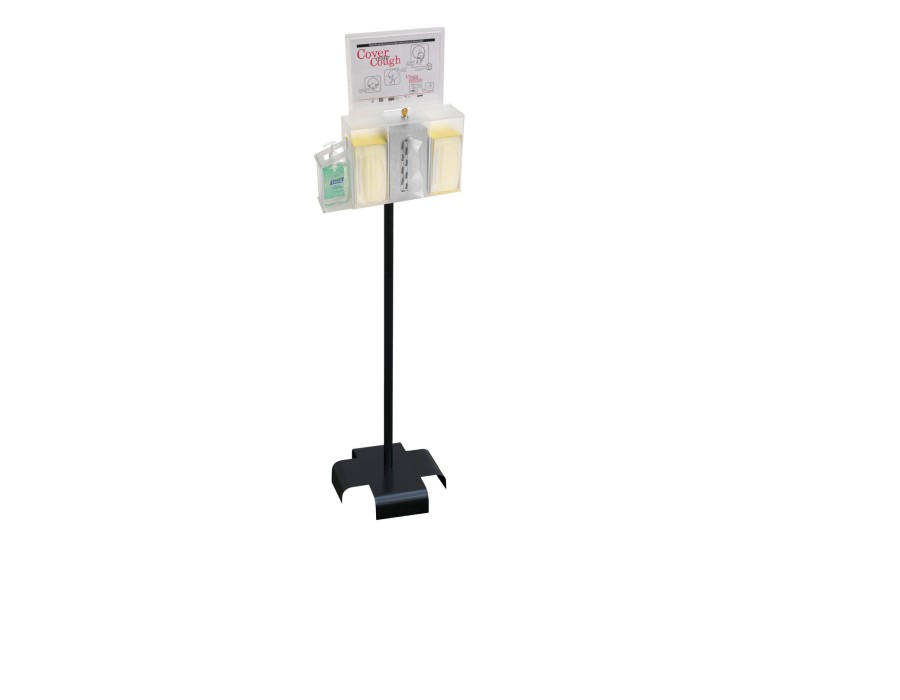In today’s world, maintaining cleanliness and hygiene is more crucial than ever. With the ongoing challenges posed by germs and viruses, having a dedicated hygiene station can make all the difference. These stations are not just about aesthetics; they serve as vital tools for promoting health and safety in various environments—from schools to workplaces to public spaces.
Imagine walking into a facility where hand sanitizers, disinfectant wipes, and masks are readily available at your fingertips. It sets a tone of care and responsibility, encouraging everyone to be proactive about their health. But how do you set up an effective hygiene station that truly meets the needs of its users? Let’s dive into some essential tips and best practices that will help you create a space designed for cleanliness and peace of mind.
Why Are Hygiene Stations Important?
Hygiene stations play a crucial role in promoting health and safety. They provide easy access to essential supplies like hand sanitizers, masks, and disinfectant wipes. This accessibility encourages individuals to prioritize cleanliness throughout their daily activities.
With the rise of infectious diseases, hygiene stations have become vital in preventing the spread of germs. By offering these resources, facilities demonstrate a commitment to public health.
Moreover, they foster a culture of responsibility among users. When people see hygiene supplies readily available, they're more likely to use them regularly.
These stations also help ease concerns during gatherings or events where many people converge. A well-placed hygiene station can make attendees feel secure and valued.
In spaces such as schools or offices, having designated areas for hygiene promotes awareness about personal care practices among students and employees alike.
Best Practices for Maintaining a Clean and Safe Hygiene Station
To maintain a clean and safe hygiene station, start with regular inspections. Check supplies daily to ensure soap, hand sanitizer, and paper towels are fully stocked.
Keep the area clutter-free for easy access. Designate specific spots for each item to reduce confusion and promote efficiency.
Implement a cleaning schedule. Wipe down surfaces frequently using disinfectant wipes or sprays. This reduces the risk of germs spreading in high-traffic areas.
Encourage proper disposal methods by providing bins near your hygiene station. Make sure they’re clearly labeled to support good habits among users.
Consider placing signage that reminds everyone of best practices for hygiene use. Visual cues can reinforce cleanliness and encourage adherence to protocols without overwhelming people with information.
Engage staff members or volunteers in maintaining the station's upkeep. Shared responsibility fosters accountability and ensures consistent care over time.
The Importance of Educating Others on Proper Hygiene Station Use
Educating others on the proper use of hygiene stations is a critical step in promoting health and safety. It's not enough to simply set up a hygiene station; people need to understand how and when to utilize it effectively.
Begin by providing clear signage that outlines the steps for using each component of the station, whether it's hand sanitizers, wipes, or masks. Visual aids can be particularly helpful in making these instructions accessible to everyone.
Training sessions can also play an essential role. These sessions should engage employees or community members about why hygiene practices matter and how they contribute to overall well-being. Consider incorporating demonstrations so individuals feel confident in their ability to use the station correctly.
Encouraging open conversations about hygiene practices fosters a culture of cleanliness and care within any environment. When people are informed, they're more likely to take responsibility for their health as well as the health of those around them.
For More Information:





Comments